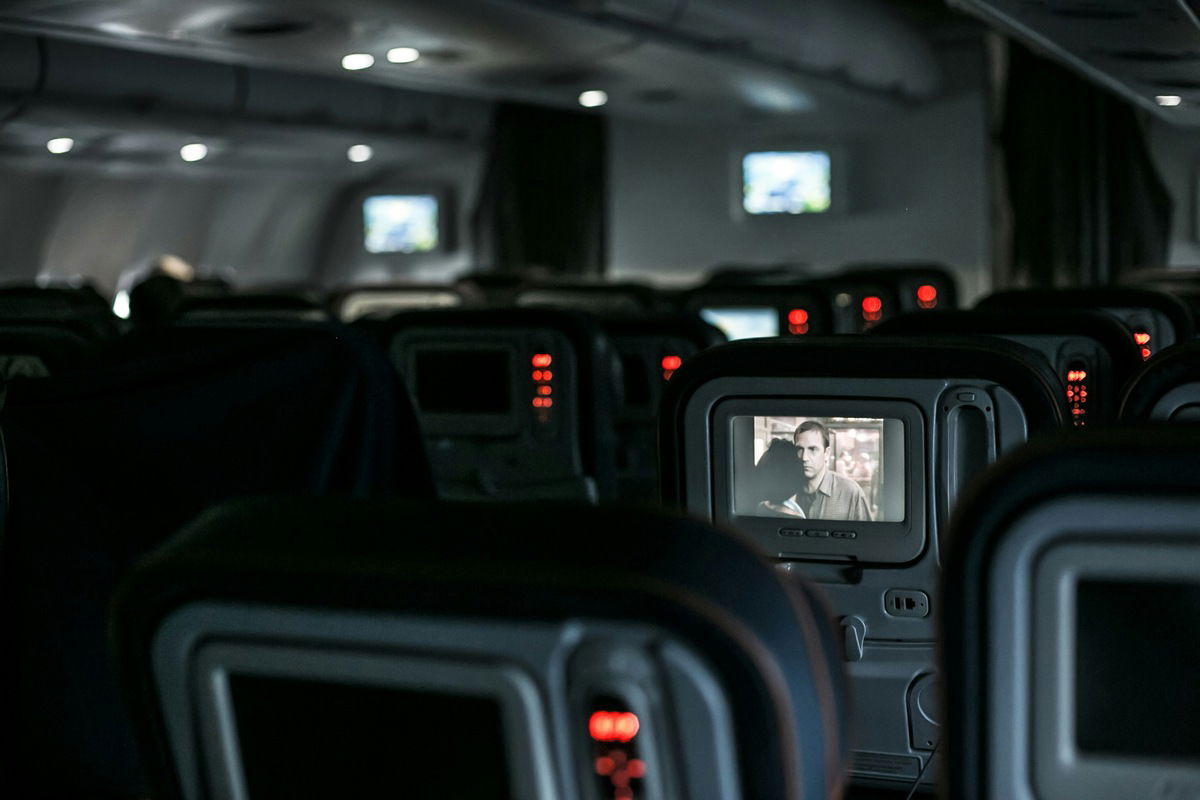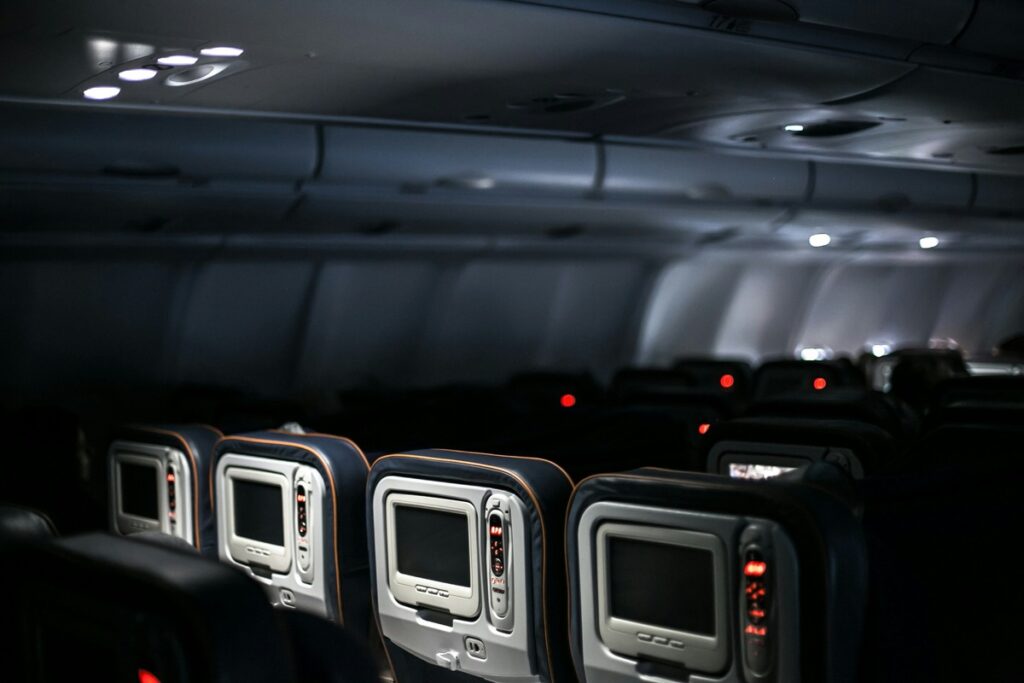
When the first commercial flight took off in 1914, the model became obsolete only a few years later. However, that first flight from St. Petersburg in Florida to Tampa would lay a foundation for all other future models, including the luxuries that once existed on flights. While most are no longer available, one seemingly lovely feature, when airline crews dim the lights so passengers can get some rest, actually has nothing to do with luxury at all.
Airline Crews Offer Comfort
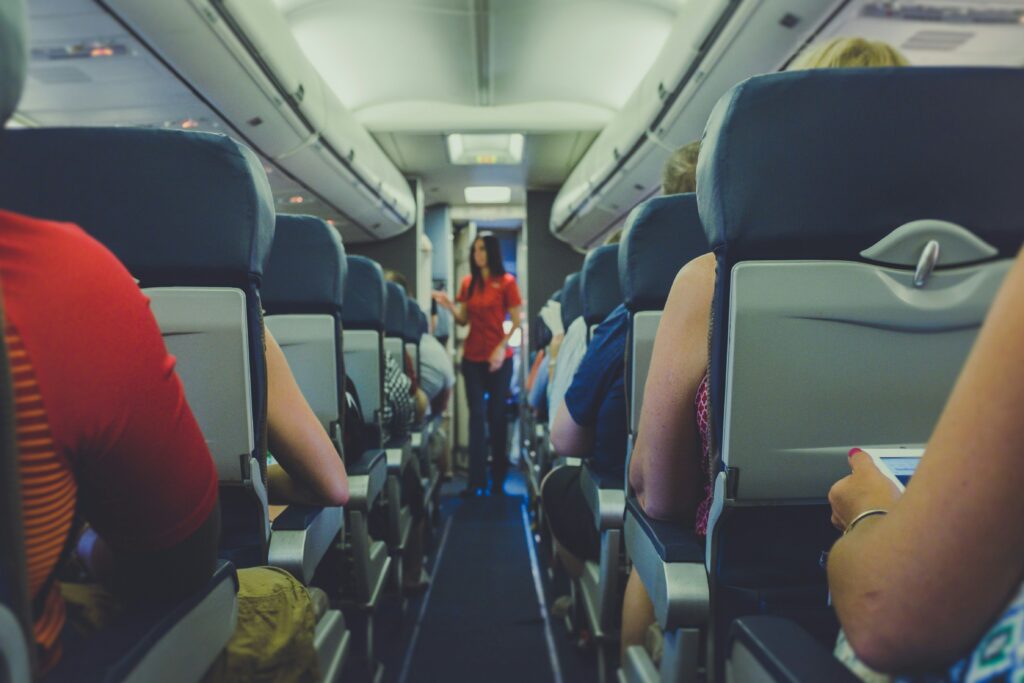
Although things of the past can have a certain glam or appeal, it’s not surprising that airline crews once worked to make flights feel more luxurious. They did this for the purpose of covering up the discomforts that innovation hadn’t quite fixed yet. For example, before the 1940s, flights weren’t in pressurized cabins. Therefore, they flew at lower altitudes, causing a lot of people to suffer from motion sickness. Not to mention, the cabin was also incredibly loud. As a result, it’s likely that airline crews offered certain amenities to ease the discomfort of passengers.
For many, travel is exhausting, and any opportunity to get in a nap is warmly welcomed. Therefore, it makes sense that airline crews would dim the cabin lights so passengers can get some shut-eye on long-haul flights. Yet, Dan Bubb, an airline expert, has revealed the real reason airline crews dim the lights.
Aviation Expert
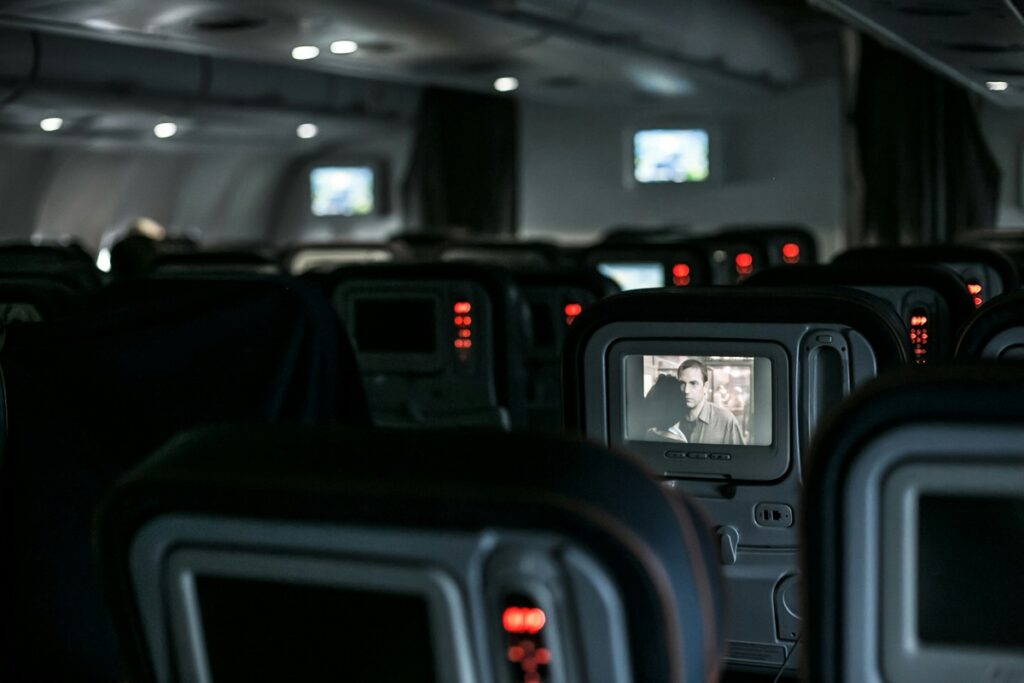
Dan Bubb has his PhD and is a former airline pilot. He is currently an associate professor at the University of Nevada, in Las Vegas. Moreover, he’s an author and has done hours of research on aviation-related subjects. Some examples include world and airport history as well as commercial aviation. Bubb has followed his passion to discover the inner workings of airlines. His expertise has now given him the opportunity to share with the public the reason why airline crews do certain things. “During dawn, dusk and night, flight crews dim the lights so that in case of an emergency where passengers and the flight crew have to abandon the aircraft, their eyes already are adjusted to the dark,” he explained.
Airline Crews Help Ensure Safety
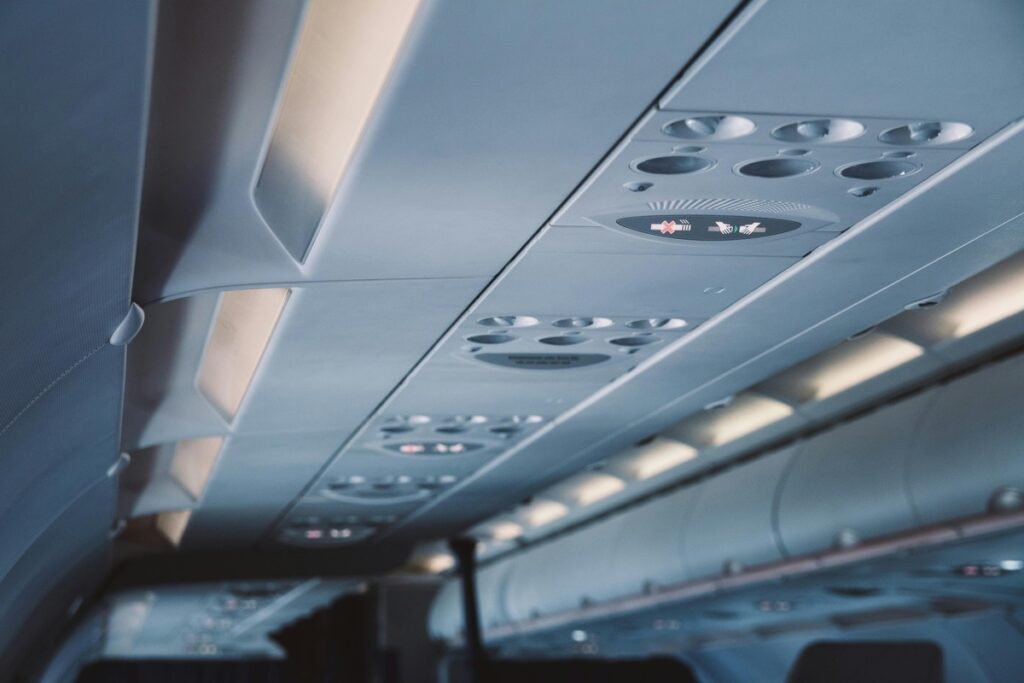
It turns out the main reason for airline crews to dim the cabin lights has nothing to do with comfort. But everything to do with safety. Because it takes time for our eyes to adjust in the dark, airline crews dim the lights. That way, passengers’ eyes can become easily acclimated in case of an emergency. As a result, passengers are more likely to see emergency exit lights or other warning lights.
The reason for this precaution is to offset another safety hazard. It turns out that takeoff and landing are both especially dangerous, accounting for 21% and 46% of aviation-related fatalities. “Takeoff and landing are the most critical phases of flight because so much is happening for pilots,” further explained Bubb. “This includes monitoring aircraft systems, scanning the airport environment for other aircraft and impediments while listening to air traffic control instructions, and being prepared in case we have to abort the takeoff or reject the landing.”
Another reason for the added safety risks includes what’s called “dirty configuration.” Referring to the instances at landing and takeoff where extra equipment is out and about like landing gear. Furthermore, when airplanes are moving at lower speeds, which is common on landing strips, they have the potential to stall. In many cases, this can also lead to a deadly crash.
Danger is Rare
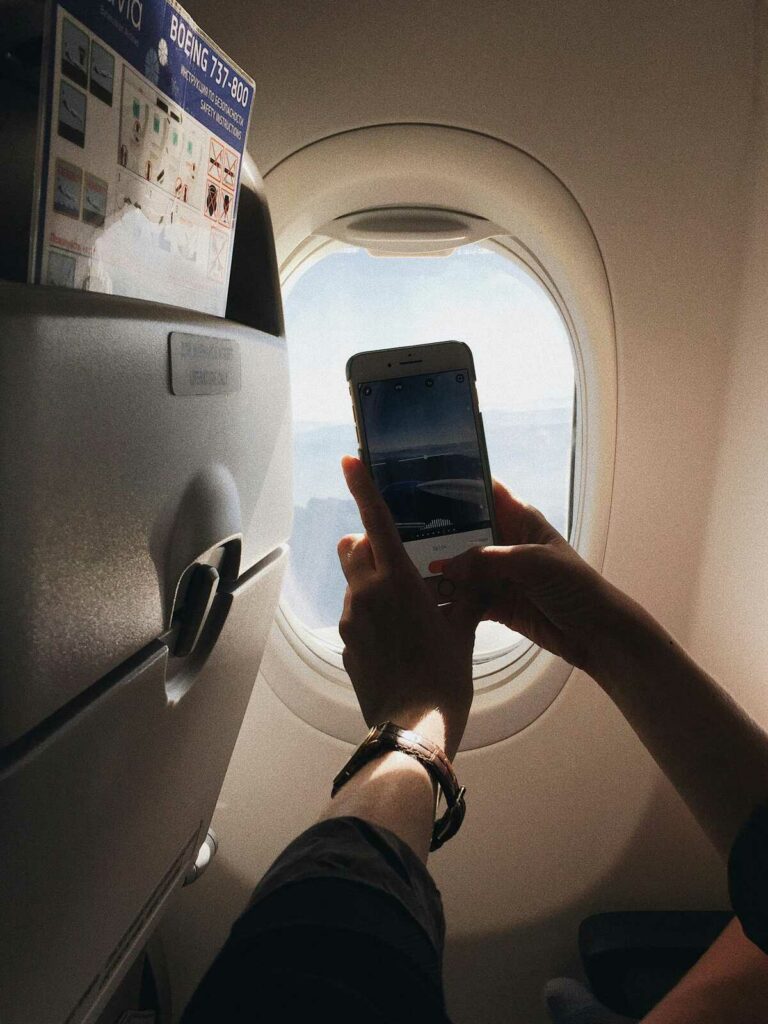
On the other hand, airline crews dim cabin lights as an extra careful safety precaution because aviation-related fatalities are rare. Especially today with the numerous technological advancements that have been made since the early 1900s. Furthermore, the round-the-clock engineers and innovators work long hours to ensure passenger safety. Moreover, a reassuring stat from the International Air Transport Association is that a passenger must take a flight every day for more than 25,000 years to experience a “100% fatal accident”. Although the numbers seem a little outrageous, and one might wonder where they came up with the numbers, it’s comforting that so many brilliant and passionate people have devoted their lives to ensuring that people can quickly and daily travel all over the world without having to give a second thought to their own safety. Or find concern in the tasks performed by airline crews.
Although safety is the number one reason airline crews dim the cabin lights, other reasons may actually be to help passengers get some rest or experience a certain level of luxury. After all, most spas are quiet, dimly lit, and intended to have a calming atmosphere.
While airline crews dim the lights for safety, they may keep them dim in cases where passengers are on long-haul flights or traveling overnight. Fortunately, it also conserves energy, a tiny step in minimizing airlines’ carbon footprint.
Apparently, the cabin lights are the only ones adjusted throughout the duration of flight or during the landing and takeoff processes. “We turn on the lights during takeoff and landing to be seen by other aircraft.” Explained Bubb, further sharing, “We turn off the landing lights so we don’t blind other pilots because the lights are very bright.”
Keep Reading: Don’t Pay For Hotels, These People Will Let You Stay In Their Mansions For Free
Sources
- “The Evolution of the Commercial Flying Experience.” Smithsonian.
- “The Surprising Reason Airline Crews Dim the Cabin Lights (It’s Not to Help You Sleep).” Reader’s Digest. Elizabeth Heath December 18, 2023.

